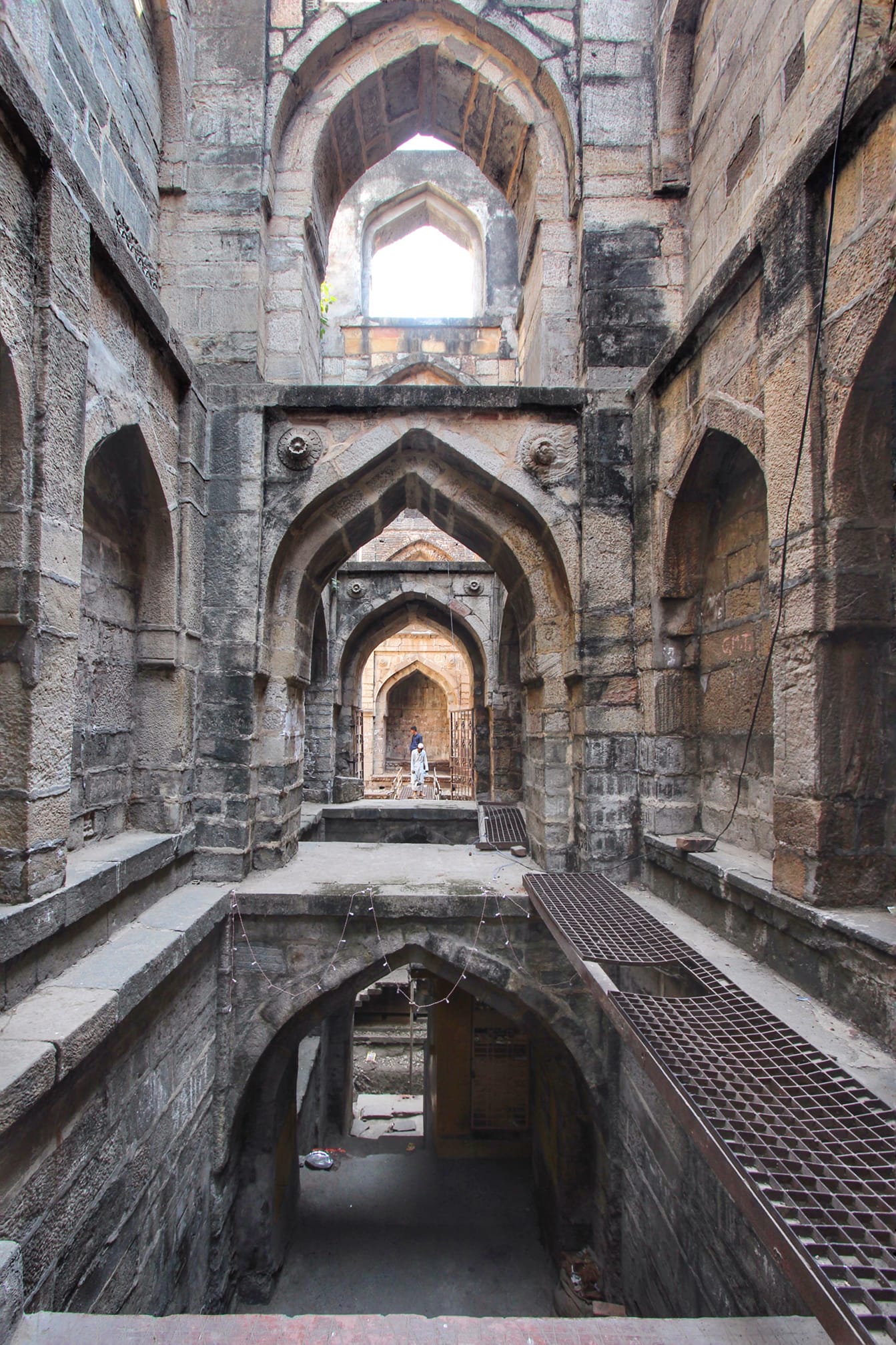Chand Baori stands as an extraordinary testament to the architectural genius of medieval Rajasthan, representing a remarkable feat of engineering and cultural sophistication. Located in the village of Abhaneri, this step well transcends its primary function of water storage, embodying a complex narrative of social interaction, technological innovation, and aesthetic mastery.
The step well's construction during the 8th or 9th century under the Nikumbha dynasty reflects a period of remarkable architectural advancement. Its design, featuring 3,500 narrow steps spanning 13 stories, creates a breathtaking geometric pattern that descends approximately 30 meters into the ground. This intricate structure not only served practical water management needs but also represented a sophisticated understanding of spatial design and thermal engineering.
Local folklore suggests an enchanting origin story claiming the step well was constructed by supernatural entities in a single night, adding a layer of mystical allure to its already impressive architectural narrative. Such legends underscore the cultural imagination surrounding these remarkable structures, which were far more than mere water infrastructure. They were community spaces, social gathering points, and architectural canvases that reflected the aesthetic sensibilities of their time.
The architectural innovation of Chand Baori is particularly evident in its upside-down pyramid design, which allowed for remarkable temperature regulation. The lower levels remained significantly cooler than the surface, providing crucial respite during the intense desert heat. This natural cooling system made the step well not just a water source, but a critical social infrastructure that supported community survival in challenging environmental conditions.
Beyond its functional aspects, Chand Baori represents a profound intersection of engineering, art, and cultural expression. The fourth side of the well features intricate pillared corridors with numerous niches housing religious sculptures, demonstrating how architectural spaces were imbued with spiritual and aesthetic significance. These details reveal the holistic approach of ancient Indian architects who seamlessly integrated practical needs with artistic representation.
The surrounding village of Abhaneri, previously known as Abha Nagri or "The city of brightness," provides additional context to the step well's historical significance. Nearby structures like the Harshat Mata Temple, dating from the 7th and 8th centuries, further illuminate the rich cultural landscape of the region. These architectural remnants bear witness to the complex historical transformations, including periods of cultural flourishing and subsequent invasions.
In contemporary times, Chand Baori has transitioned from a vital community water source to a significant national heritage site managed by the Archaeological Survey of India. Its recognition extends beyond national boundaries, attracting global tourists and researchers fascinated by its architectural complexity. The annual Abhaneri Festival, which includes cultural performances and local experiences, ensures that the step well remains a living cultural artifact rather than a static historical monument.
The preservation and ongoing celebration of Chand Baori represent more than historical conservation; they embody a deep respect for technological innovation, cultural memory, and the extraordinary achievements of ancient Indian civilization. As a site that seamlessly connects past and present, it continues to inspire wonder, research, and appreciation for the remarkable intellectual and artistic capabilities of our ancestors.






